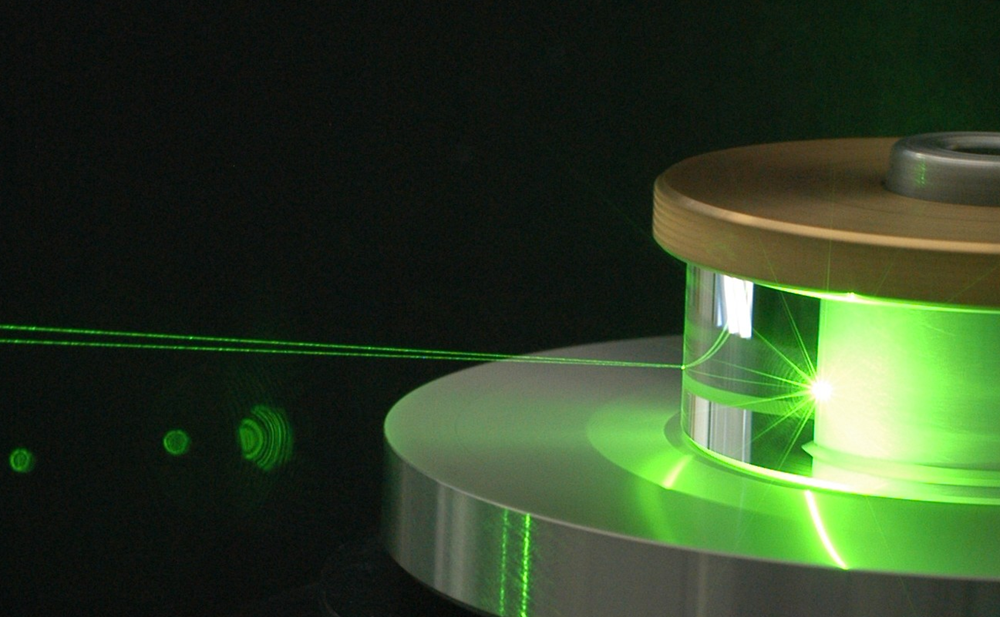LDV
Traceability
Because the uncertainty of LDA systems is characterised by very high long-term stability and transparent traceability, ILA Systems are often used for the quality management of calibration systems. The following key elements are essential for the calibration of an LDA system:
- Uncertainty of the calibration standard: LDA optics are calibrated by measuring the fringe distance of the interference pattern inside the measuring volume on the surface of a rotation disk. The uncertainty of this velocity standard is part of the complete uncertainty budget. The uncertainty of the ILA velocity standard is about 0,05%. This is of course not the uncertainty of the calibrated LDA system.
- Calibration Constant (averaged fringe distance): The deviation of the fringe distance inside the measurement volume is the most significant part in the uncertainty budget of an LDA system. This fringe distance is measured on a rotation disk with known surface velocity. The calibration constant is calculated by averaging the fringe distance distribution over the length of the measuring volume. ILA systems typically provide a deviation of about 0,2%, less than most other systems.
- A/D-Card and FFT-software: The uncertainty of the A/D-Card and the LDA software is calibrated with a traceable signal generator. This uncertainty is about 3-12 10-6 depending on the sampling frequency and number of samples.
The combined uncertainty of a typical LDA system is about 0,2%. Values less than 0,1% should be checked for suspect calculations of the uncertainty budget. ILA systems can of course be provided with a PTB certificate. Because of its outstanding accuracy, an ILA LDA system was chosen by the PTB Braunschweig as a transfer standard for a key international comparison. After one year of measuring around the world, the deviation of the ILA LDA system was less than the uncertainty of the PTB calibration standard of 0,1%.


